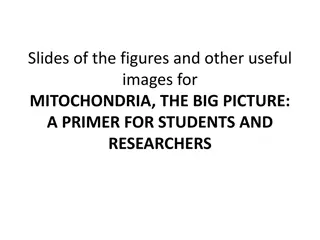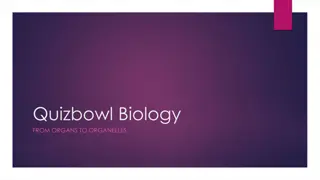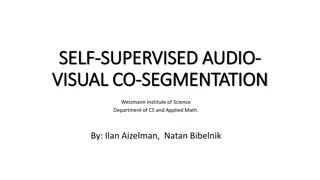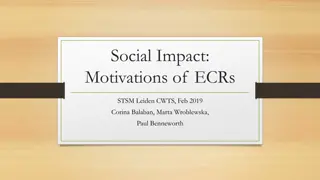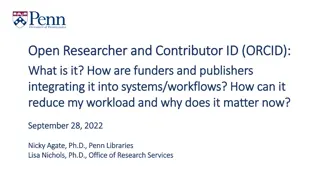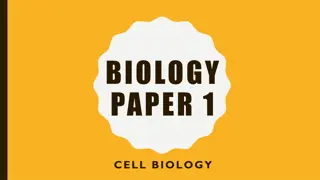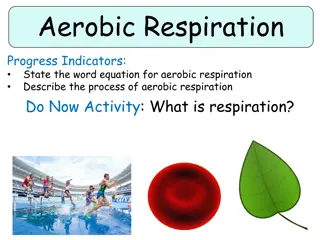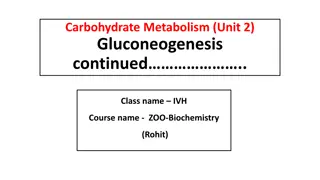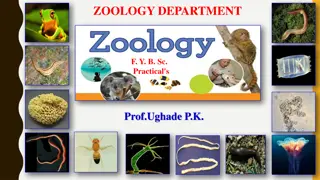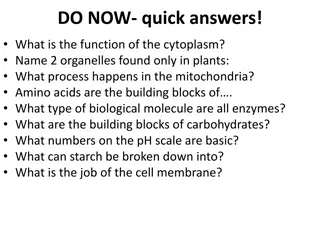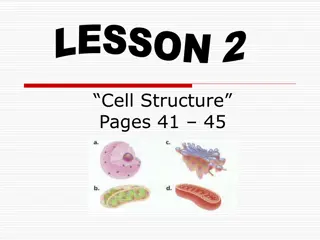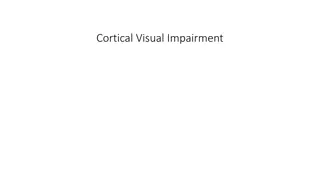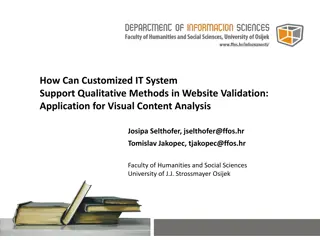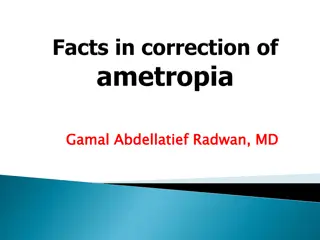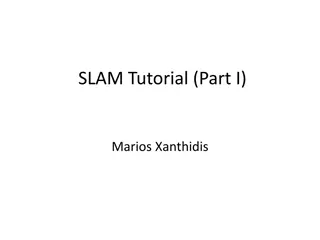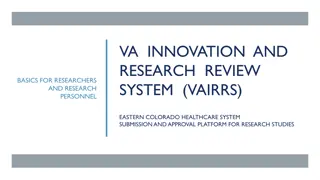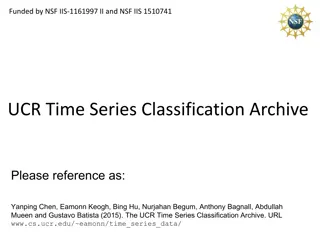Exploring Mitochondria: A Visual Overview for Researchers
Dive into the world of mitochondria with a collection of detailed figures, showcasing thin section views, fluorescent protein labeling, schematic representations of mitochondrial compartments, and involvement in processes like apoptosis and biogenesis. Discover the intricate structures and functions of these organelles through high-quality images and illustrations.
Download Presentation

Please find below an Image/Link to download the presentation.
The content on the website is provided AS IS for your information and personal use only. It may not be sold, licensed, or shared on other websites without obtaining consent from the author. Download presentation by click this link. If you encounter any issues during the download, it is possible that the publisher has removed the file from their server.
E N D
Presentation Transcript
Slides of the figures included in MITOCHONDRIA, THE BIG PICTURE: A PRIMER FOR STUDENTS AND RESEARCHERS
Thin section view showing evidence of the mitochondrial reticulum.
Mitochondria labelled with green fluorescent protein expressed in the matrix space.
Classic picture of mitochondria from a negative stained electron micrograph
Schematic showing the mitochondrial compartments. Outer membrane Inner boundary membrane matrix Intermembrane space mamamm Cristae membrane Intracristal space micos
Ectopic ATP synthase, shown for HepG2 cells. Green fluorescence shows labeled mitochondria, red fluorescence is surface F1F0 reacted with an labeled antibody to the enzymes beta subunit.
Mitochondrial involvement in apoptosis. FasL? CELL? DEATH? Fas? FADD? CLEAVED? PARP? ER? stress? Caspase? 8? Cleaved? Casp3? procaspase3? Bid? Puma? bak? caspase7? p38MAPK? MCl1? Bim? Bcl-xL? mitochondria? BCl2? caspase9? AIF? Bad? p53? Noxa? bax? cytc? Apaf-1? nucleus? Aptosome? DNA? damage? Proteins in yellow are mitochondrial.
Apoptosis: regulation of the levels of the anti-apoptotic protein Mcl-1. Ubiquitin ligase Transcriptional regul. PUMA FBW7 c-Myc Ubiq Displaces NOXA MCl1 Mcl-1 NOXA De-ubiquitinases USP9X Promotes de-ubiq. BIM Release from MOM Mule Upregulates NOXA p53
Control of biogenesis by signaling through PGC1alpha. SIRTs mTOR AMPK p38MAP K PGC-1alpha CYY1 PPARs CREB NRFs ERRs Mitochondrial biogenesis TCA enzymes Fatty acid oxidation ERRs = estrogen receptor related proteins
Mitochondrial retrograde response ATP/ADP/AMP. mtUPR . Where ATP is required for transport. METABOLITE SHUTTLES Citrate Malate Aspartate Glutamate Pyruvate Acetyl CoA NADH/NAD+ NADPH/NADP+. ROS/RNS. Calcium PROTEIN IMPORT/ADHERENCE etc AND RELEASE. Nfkappa B, BCl1, PINK1,MCl1 AIF,Cytochrome c etc. Where membrane potential/proton gradient drives transport Membrane potential.
UPR proteins in mitochondria and endoplasmic reticulum. JNK PATHWAY Induces same genes as CHOP1 C-JUN HSP60 Up reg of Heme Oxygenase P PKR p38MAPK P eIF2alpha INHIBITS PROTEIN TRANSLATION HSP90 eIF2alpha ATF4 Up reg of CHOP1 PERK ER UPR(blue) P Mitochondrial UPR (yellow) ATG13 APOPTOSIS
Inborn Errors of Metabolism and Incidence (1:8,000) Mitochondrial disorders; (e.g., mitochondrial DNA depletion syndromes) (1:10,000) Fatty acid oxidation disorders inc. medium-chain acyl-CoA dehydrogenase deficiency (1:20,000) (1:15,000) Phenylketonuria (1:15,000) Methylmalonicaciduria. Methylmalonyl- CoA mutase, cobalamin metabolism (1:40,000) Aminoacidopathies (1:50,000) Peroxisomal disorders; e.g., Zellweger syndrome, neonatal adrenoleukodystrophy, Refsum's disease) (1:150,000) Maple syrup urine disease (BCOAD)


